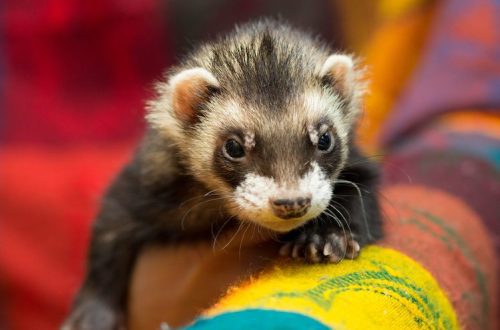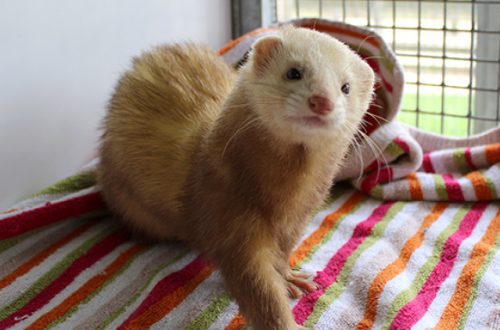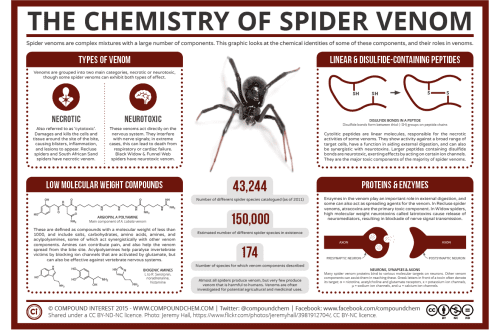
Manul cat in the wild and at home: how to care, nutrition and reproduction
As soon as the opportunity arose, people began to keep at home not only traditional, but also exotic animals. Despite even the wild disposition and quarrelsomeness with people of some species, more and more manul is chosen as pets.
Contents
Manul content rules
Unlike other wild cats, the manul is not subject to domestication. In size, this cat is similar to domestic ones, but because of its indomitable temper, it was rarely possible for anyone to assimilate it.
Even if you managed to take the manul even as a very small kitten, it is not a fact that he will take root. Raised among domestic kittens, he will always shun a manand his stepbrothers and sisters.
How to identify manul?
This wild cat is not much different in size from ordinary domestic cats. The body length of this animal is 52-65 centimeters. And it also weighs about three to five kilograms – some cats living next to us weigh more.
Although the manul is not so big in size, but he looks much bigger because of their fluffy fur. The length of the fur can reach seven centimeters. Short legs make him squat and fat.
Some of the scientists are trying to find in this the similarity of a wild cat with a Persian cat breed. Scientists find the similarity of species in the shape of the head and body.
The head of the animal is flat and wide, with small ears set wide apart. The eyes also differ from the eyes of a domestic cat, but not in shape or color (yellow eyes), but in that the pupils always remain round and do not become slit-like in bright light.
Usually there are cats of light gray color. The tips of the hairs are white or yellow. Such coloring in nature makes it invisible, especially in the snow, because it feels like the beast is powdered with snow.
Manul lives for 11-12 years, but this is what we found out during observations in captivity.
The habitat of the manul is the remote regions of the Caucasus, China, Mongolia, and Central Asia. Although the number of this species is not exactly known, the number of individuals is constantly declining. To preserve the species, it is listed in the Red Book.
Attempts are being made to save the animal and breed it in captivity. He gets used to life in the zoo quickly and is easy to keep in captivity. But there were problems with reproduction – it breeds easily, and kittens do not always survive, as they are highly susceptible to infectious diseases.
Manul lifestyle, nutrition and reproduction
- This wild beast lives, as already mentioned, in places with a harsh climate and low temperatures. By the way, the cat prevails in places where there is not much snow. Highly he likes places with an abundance of bushes, as well as semi-desert mountainous areas. It can climb mountains to a height of up to 4000 meters. Lives in strictly defined places, rarely changes his favorite places. He makes his home in old fox or badger holes, where he sleeps all day. It goes hunting at night, or rather with the onset of twilight and early in the morning. Manul is considered the slowest and most clumsy cat. Catching prey or hiding from the enemy, manul prefers to lie low and hide on the rocks. Its coloration helps it blend in with its surroundings.
- Manul gets food, guards at minks. Hiding among the stones, he waits in ambush when a pika or other rodent appears. Sometimes ground squirrels, cubs of marmots and even hares can be caught as prey. When his traditional food (due to some circumstances) becomes smaller, the manul calmly switches to feeding on insects.
- Once a year, around February or March, the mating season begins for the manul. For two months, the female bears kittens and at the beginning of May they are born into the world. Usually there are no more than six kittens. Newborn manul cubs weigh about 300 grams with a height of 12 centimeters.
Kittens, like all cats, appear blind and begin to see in 10-12 days. After three or four months, they already begin to hunt. At the age of 10 months, puberty occurs in small manuls.
Problems that manul can create at home
To date, there are 150 manuls in fifty zoos around the world. These unsociable animals would probably be glad or simply not notice if many species of animals, led by humans, suddenly disappeared.
Those who want to have these cats at home should think carefully. Someone, due to a misunderstanding, someone, despite the problems delivered by the manul, still turns them on.
And manul at home can deliver plenty of problems.
- For example, as a representative of the wild, a cat will always shun his masters and hide from them. He does not even love his distant relatives, despite the fact that some cat fed him.
- Those who keep dogs know how they mess things up at a young age. The same thing happens when the manul gets into the home: it spoils furniture, wallpaper, curtains, etc.
- Another problem is the long hair of the animal. The cat sheds heavily all the time – the wool comes out in whole shreds and it is everywhere. You will have to comb out this pet in order to somehow reduce the amount of wool flying around the apartment.
- If the manul is sick, then it will be difficult to cure it at home. Not all specialists know this animal well, and even in veterinarians they will definitely be treated like an ordinary cat.
Wild cat at home
In captivity, the feline is best kept in zoos. There you can create conditions more or less close to its natural environment. Living in sparsely populated areas, he became alienated from all other animals. Therefore, in the zoo, having its own enclosure, this animal will feel like in its native environment.
Some cats, hiding somewhere, protect this short-term shelter from anyone who tries to get there. The same thing happens with the manul – allocated to him he firmly protects the place under housing, and being non-aggressive in nature, can attack a person. And any yard cat can envy his claws and teeth.
Because of his secretive disposition, even when he is sick, he does not let anyone near him. This is a big problem in diagnosis and timely treatment. One of the fatal diseases for the animal is toxoplasmosis.
Unlike keeping in apartments, the zoo has ideal conditions for manul, where he can breed.





